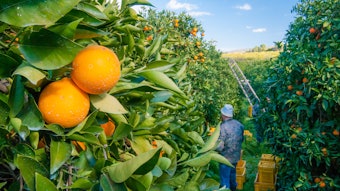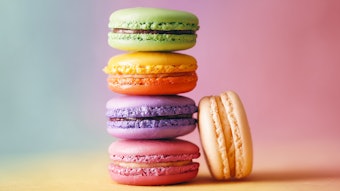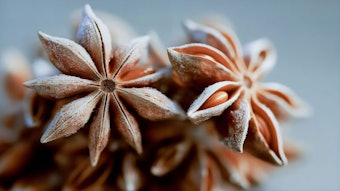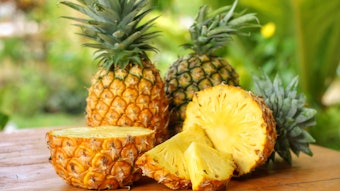
It would be hard to imagine a bigger contrast between the family of xylenols we looked at last month and nerolidol. The xylenols could most charitably be described distinctly acquired tastes, albeit useful. Nerolidol (3,7,11-trimethyl dodeca-1,6,10-trien-3-ol), (FEMA# 2772, CAS# 7212-44-4) has a subtle floral profile that would be unlikely to ever offend anybody. The character is a delicate balance of lavender, lily and cedar. There is a resemblance to my favorite flower, lily of the valley (that was before Breaking Bad highlighted the less desirable properties of the ripe berries). Although subtle, the aroma is highly substantive and works to add depth to more volatile floral notes in a very wide range of flavors. Nerolidol helps flavorists find their inner perfumer!
Note that the dose rates given throughout this article are the levels suggested for use in flavors intended to be dosed at 0.05% in ready-to-drink beverages or in a simple bouillon.
Berry Fruit Flavors
Blackberry: Blackberry flavors contain a veritable smorgasbord of floral notes but only the musky note is substantive. Nerolidol, at around 50 ppm, rounds out the musk note and adds realism.
Blackcurrant: Blackcurrant flavors are less obviously floral, but nerolidol fills out the character and accentuates the rose notes at levels of addition in the region of 80 ppm.
Blueberry: Lavender notes can dominate blueberry flavors and nerolidol works exceptionally well in conjunction with linalool. Two hundred ppm is a good starting point.
Raspberry: The key floral note in raspberry flavors is an obvious level of violet. Nerolidol is effective in mixtures with ionones but the ideal level is much lower, around 20 ppm.
Strawberry: Like blackberry, strawberry flavors contain quite a range of floral notes, but jasmine is normally to the forefront. Nerolidol enhances this effect at around one 100 ppm.











